RPB AWARDS $5.4 MILLION IN GRANTS

The latest grant cycle supports eye research related to a variety of diseases and conditions.
Natural Compound Reduces Signs of Aging, Including Eye Dryness

RPB-supported vision researchers at Washington University School of Medicine in St. Louis have contributed key data to a new study that identifies a natural compound that slows typical signs of aging in mice.
Emerging Vision Scientists Visit Capitol Hill
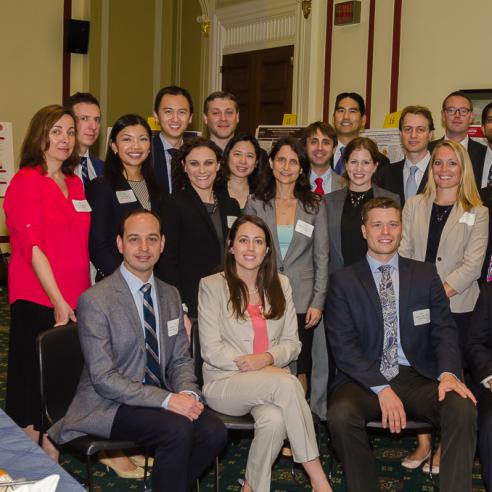
Twenty-two emerging vision scientists conducted Capitol Hill visits with NAEVR and RPB to champion federal funding for critical vision research.
Researchers Identify Treatment Target for Blinding Retinal Diseases
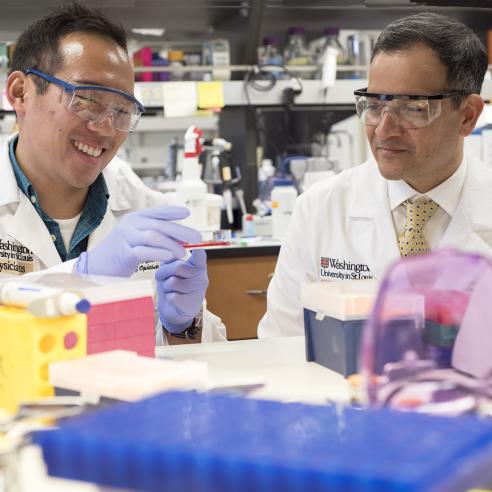
A common pathway involved in photoreceptor death has been identified in retinitis pigmentosa, advanced dry age-related macular degeneration and other retinal diseases, with early evidence of a possible halt to vision loss related to pathway treatment.
New Report Aims to Make Eye Health a Public Health Priority

The National Academies of Sciences, Engineering, and Medicine issues nine concrete recommendations for improving eye and vision health and increasing health equity.
Zika Virus Found in Tears
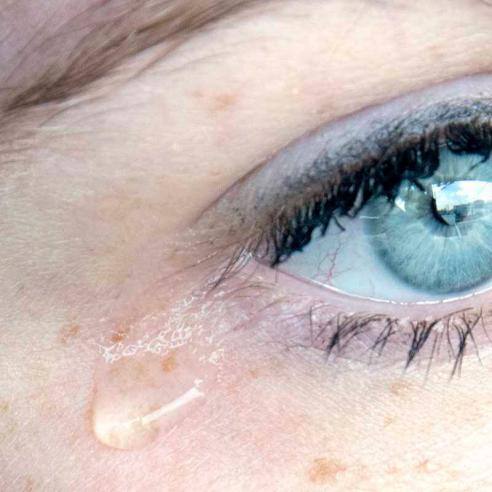
Researchers publish critical findings from Zika mouse model, raising the possibility of new avenues of transmission, as well as confirming the virus’ ability to induce cell death in eyes.
Public Attitudes About Eye and Vision Health

RPB Announces First Low Vision Research Awardees

Research initiative to address urgent needs in understanding and treating low vision.
RPB Awards $5.4 Million In Grants to Support Eye Research

Total of 36 grants go to medical schools and individual scientists across the U.S.
Stem Cells Regenerate Human Lens After Cataract Surgery In Children
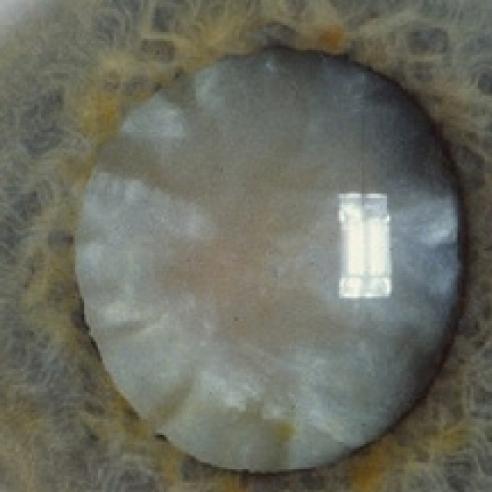
A new approach to removing congenital cataracts in infants allows remaining stem cells to regrow functional lenses.
U.S. Blindness and Visual Impairment Will Double by 2050
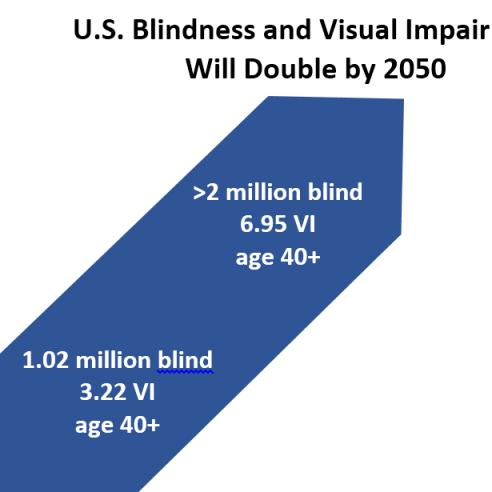
The number of people with visual impairment (VI) and blindness is increasing in the U.S. and around the world.
RPB Presents Scientists at the Frontiers of Retinal Research
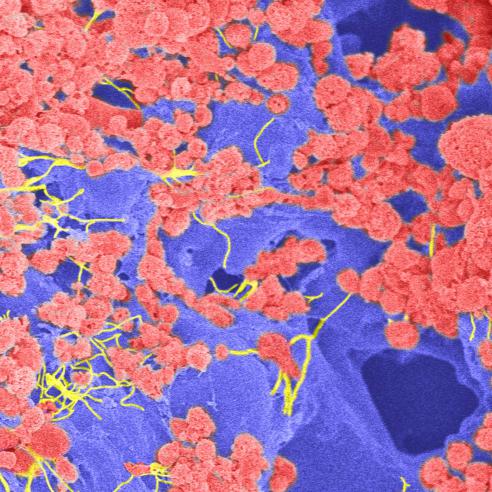
At the ARVO Inaugural Press Conference, three RPB-funded scientists pushing the boundaries of imaging, early detection, regeneration.
Possible Solution to Corneal Transplant Rejection
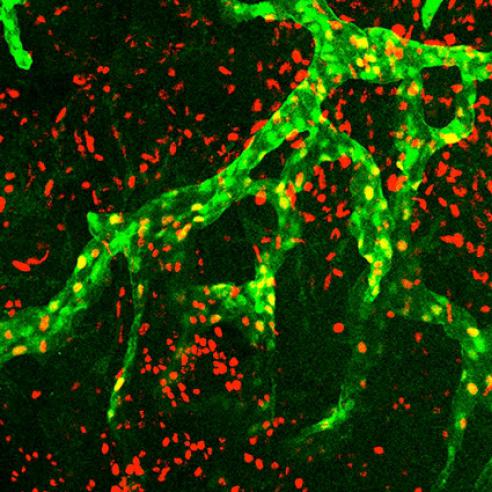
Study reveals a way to inhibit excessive growth of lymphatic vessels which contribute to organ transplant rejection, cancer metastasis, lymphatic obstruction, diabetes and hypertension.
The Future of Precision Medicine
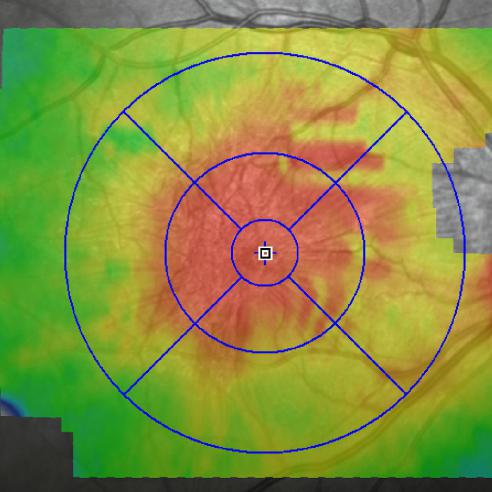
Protein analysis can make diagnoses more accurate and treatments better targeted to individual patients.
Functional Biomarker for Age-related Macular Degeneration Found

Adults whose eyes are slow to adjust to the dark have a greater risk of developing age-related macular degeneration.
Statins May Treat Dry AMD
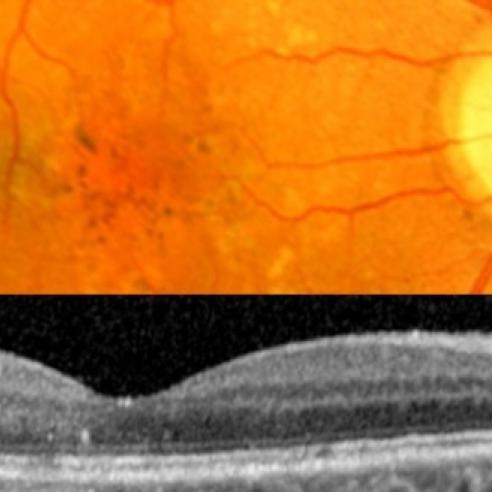
Some patients taking high doses of a cholesterol-lowering medication had complete resolution of lipid deposits in the dry form of age-related macular degeneration (AMD).
Edited Stem Cells Offer Hope for RP Therapy
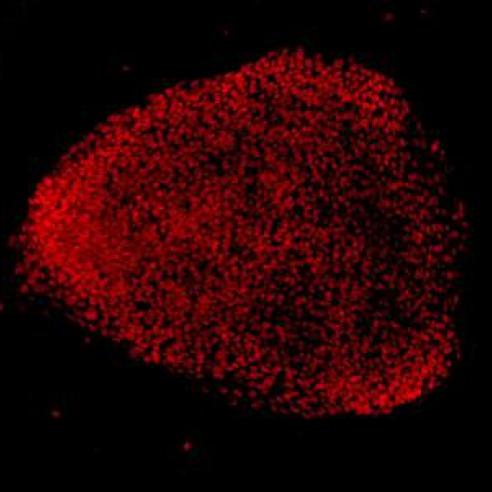
Findings raise the possibility of treating blinding eye diseases using a patient's own corrected cells as replacement tissue
Mapping the Circuits of the Retina
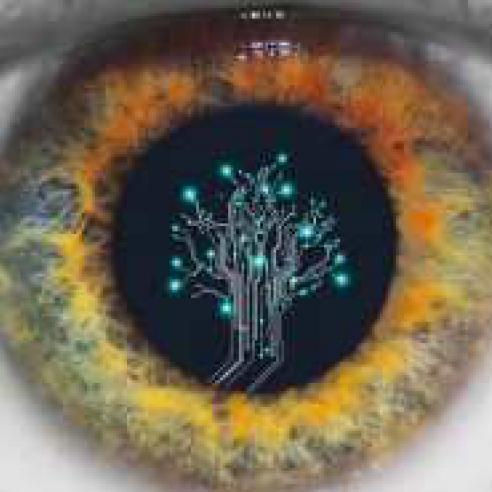
A finding that opens the door to improving retinal prosthetic devices, targeting treatments to restore damaged retinal circuits, and improving early detection of retinal diseases.
Subscribe
Get our email updates filled with the latest news from our researchers about preventing vision loss, treating eye disease and even restoring sight. Unsubscribe at any time. Under our privacy policy, we'll never share your contact information with a third party.
| General Info | Grants | News & Resources |



